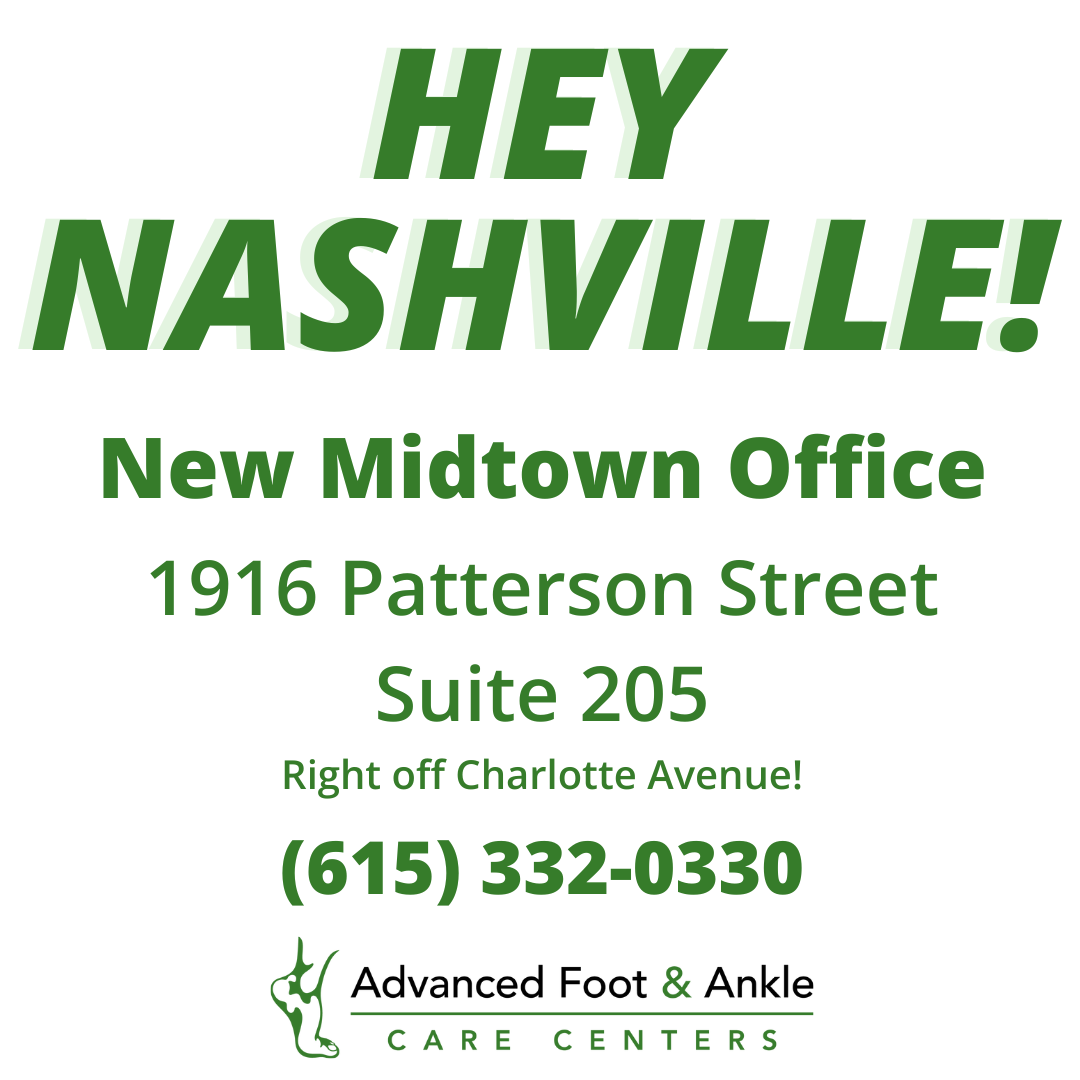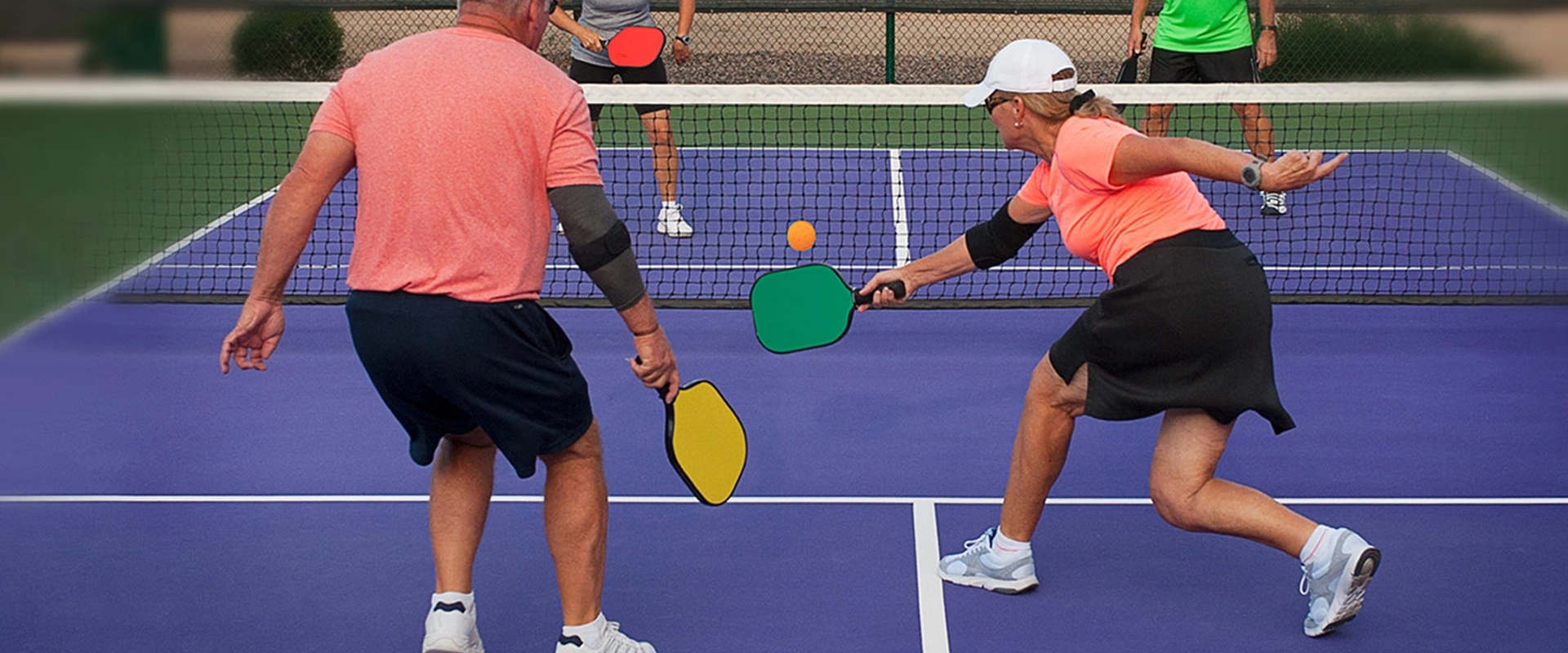
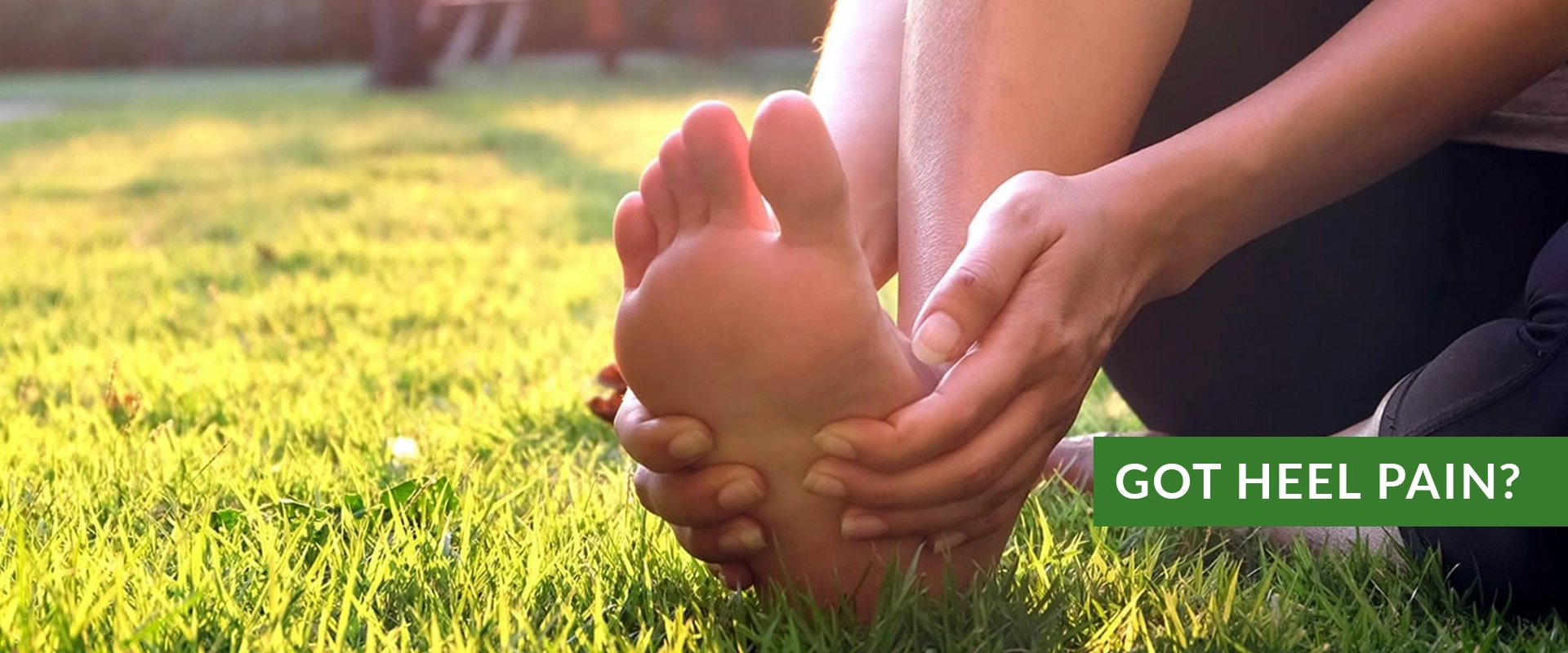
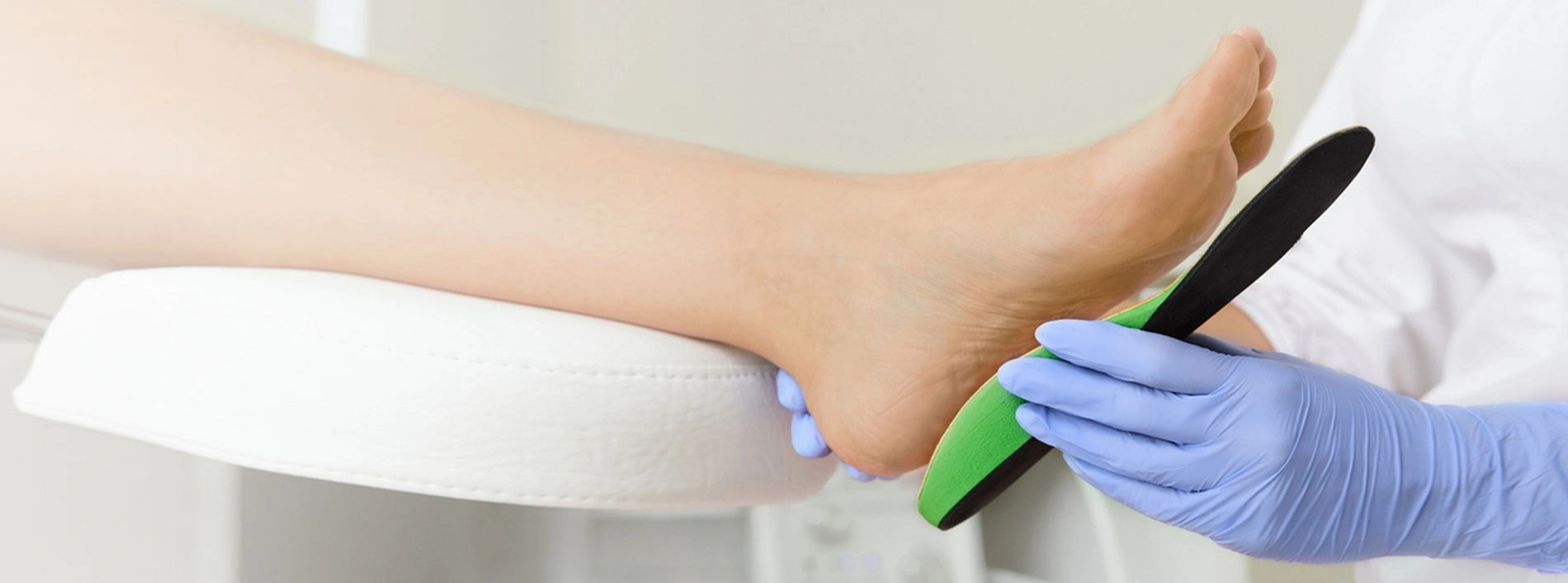
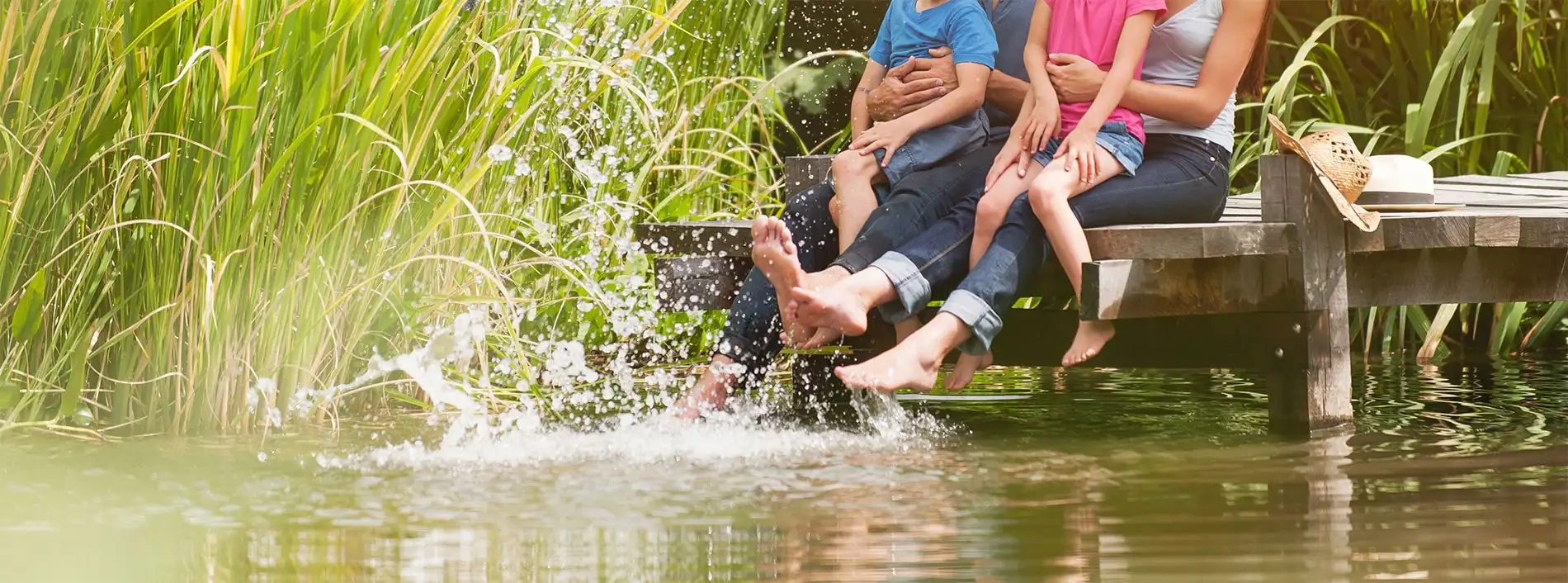
slide-02.jpg
slide-03.jpg
slide-00-custom-orthotics.jpg
slide-01.jpg
WE PROVIDE FOOT CARE FOR THE WHOLE FAMILY
Welcome to Advanced Foot & Ankle, where our team of highly skilled and board-certified podiatrists is dedicated to providing specialized care for your foot and ankle needs. Whether you require conservative treatments or surgical interventions, we go beyond treating symptoms to ensure your complete recovery and a swift return to your regular activities.
During your initial visit, we provide a clinical evaluation of your condition in an effort to make a precise diagnosis, enabling us to devise a tailored treatment plan that addresses your specific needs. With our extensive experience and expertise, we proudly serve the community of Middle Tennessee by offering a range of podiatric services.
At Advanced Foot & Ankle, we specialize in various areas, including skin grafts, diabetic wound care, limb salvage, vascular testing, and surgeries. We understand the unique challenges associated with these conditions, and our team is equipped with the knowledge and skills to provide you with the highest quality care available.
As a patient, your well-being is our top priority. Trust our compassionate team to provide you with the highest standard of podiatric care, helping you regain mobility and enjoy a pain-free life. Schedule your appointment with us today by calling (615) 332-0330 and take the first step towards healthier feet. We proudly serve the communities of Nashville, Midtown, Smyrna, Spring Hill, Columbia, Dickson, Fairview, and Hohenwald.
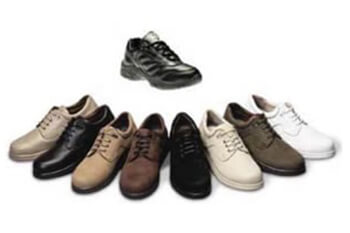
Unlike regular shoes, diabetic footwear can offer individuals with diabetes a specifically designed alternative that addresses their needs. Diabetic shoes are created to help patients deal with conditions that commonly affect those with diabetes. These conditions may include poor circulation, foot ulcers, and diabetic neuropathy.
Common features of diabetic shoes normally include a protective interior, a deep toe box, and lightweight, cushioning soles. Having a protective interior can help to prevent excess friction and avoid irritation. A deep toe box can be beneficial for diabetic patients as it helps to decrease the amount of pressure put on the toes, as well as giving them room for movement. Cushioning soles are a great feature as well, as they offer you better flexibility and mobility than the average shoe.
If you are struggling with foot complications due to diabetes, please consult with a podiatrist to see if diabetic shoes are right for you!

Orthotics are custom shoe inserts that are often used as a method of control to treat many types of foot and ankle problems. Although orthotics are not truly “arch supports,” they are perhaps best understood with those words in mind. Through performing functions that make standing, walking, and running more comfortable and efficient, orthotics have been a highly successful and practical treatment for foot problems.
The podiatrists and surgeons of AFACC use orthotics as a conservative treatment for many foot problems. To learn what orthotic & bracing options are best for you, find the AFACC podiatry clinic nearest to you or fill out the appointment form to the left. For more information about the types of and treatment with orthotics, read below.
Foot orthotics fall into three broad categories: those that primarily attempt to optimize foot function, those that are primarily protective in nature, and those that combine functional control and protection.
Rigid Orthotics
Rigid orthotics are chiefly designed to control motion in two major foot joints, which lie directly below the ankle joint. These devices are long lasting, do not change shape, and are usually difficult to break.
Rigid Orthotics are generally:
Semirigid Orthotics
Semirigid orthotics are commonly used to provide dynamic balance to the foot while walking or participating in sports. This orthotic is not a crutch, but an aid to the muscles, joints, and tendons it supports.
Characteristics of Semirigid Orthotics include:
Soft Orthotics
Soft orthotic devices help to absorb shock, increase balance, and take pressure off uncomfortable or sore spots. These orthotics are molded by the foot’s walking action or fashioned over a plaster impression of the foot. Soft orthotics are usually used to treat arthritic, deformed, and diabetic foot problems.
Characteristics of Soft Orthotics include:
Orthotics for Children
Orthotic devices are effective in the treatment of children with foot deformities. Most podiatric physicians recommend that children with such deformities be placed in orthotics soon after they start walking, to stabilize the foot. The devices can be placed directly into a standard shoe or an athletic shoe.
Usually, the orthotics need to be replaced when the child’s foot has grown two sizes. Different types of orthotics may be needed as the child’s foot develops and changes shape.
Other Types of Orthotics
Various other orthotics may be used for multidirectional sports or edge-control sports, like skiing, ice skating, or inline skating. Foot orthotics can also be used to treat back problems caused by foot imbalance.
For more complex foot and ankle deformities, custom or non-custom bracing can be used to improve function and to relieve pain. Many of these braces allow for stabilization of the foot and the ankle, and may incorporate an orthotic-like foot plate. These braces can usually fit within a standard shoe, and may provide an alternative to surgery for some foot and ankle problems.
Some general tips for those with orthotics include:
Ganglion cysts are round, liquid-filled growths that develop along the joints or tendons. They can also grow up to an inch in diameter causing pressure and pain on surrounding nerves and hindering overall joint mobility. In rare instances, Ganglion cysts can also be recurring.
The exact cause of ganglion cysts is unknown. However, their formation is often tied back to trauma or repeated irritation which causes surrounding tissue to become displaced. This displacement of tissue creates a round lump that typically forms on the top of the foot or ankle. Those who have suffered from arthritis and bone spurs may also tend to experience ganglion cyst formation.
The most identifiable characteristic of a ganglion cyst is the round bulging shape it forms on your foot or ankle. However, some other symptoms & characteristics are:
There are many care & treatment options for ganglion cysts – from home remedies to surgical treatments in certain cases.
Home Remedies For Ganglion Cysts
Ganglion cysts often dissipate on their own. Below are home remedies that may help to clear the cyst:
Some things you should not try on your own include:
Surgical & Non-Surgical Treatment Options
A podiatrist may suggest you give your ganglion cyst some time to heal on its own. However, if it’s causing pain or interfering with foot or ankle mobility they may suggest:
At Advanced Foot & Ankle our podiatrists always look to conservative treatment first and only suggest surgery when absolutely necessary. With early examination and treatment they can often resolve your cyst in a timely fashion as well.
Our podiatrists will begin the treatment of your ganglion cyst by performing a complete examination – occasionally running additional tests (X-rays, MRIs, etc.) to confirm your diagnosis. Next, the podiatrists will look to the non-surgical treatment options they feel will best help you in your recovery. If the cyst continues to reoccur or is painful they will then look to a surgical treatment.

Click below to read what our satisfied patients are saying about our practice.
Read More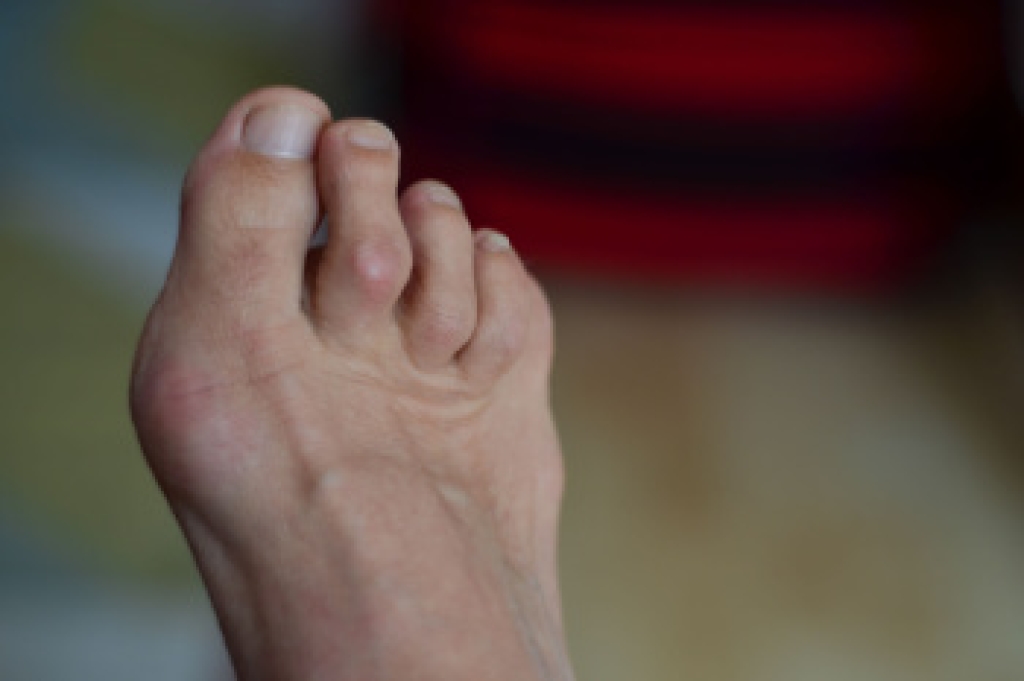 What Causes Hammertoe?
What Causes Hammertoe?  Stretching the Feet to Prevent Arch Pain
Stretching the Feet to Prevent Arch Pain 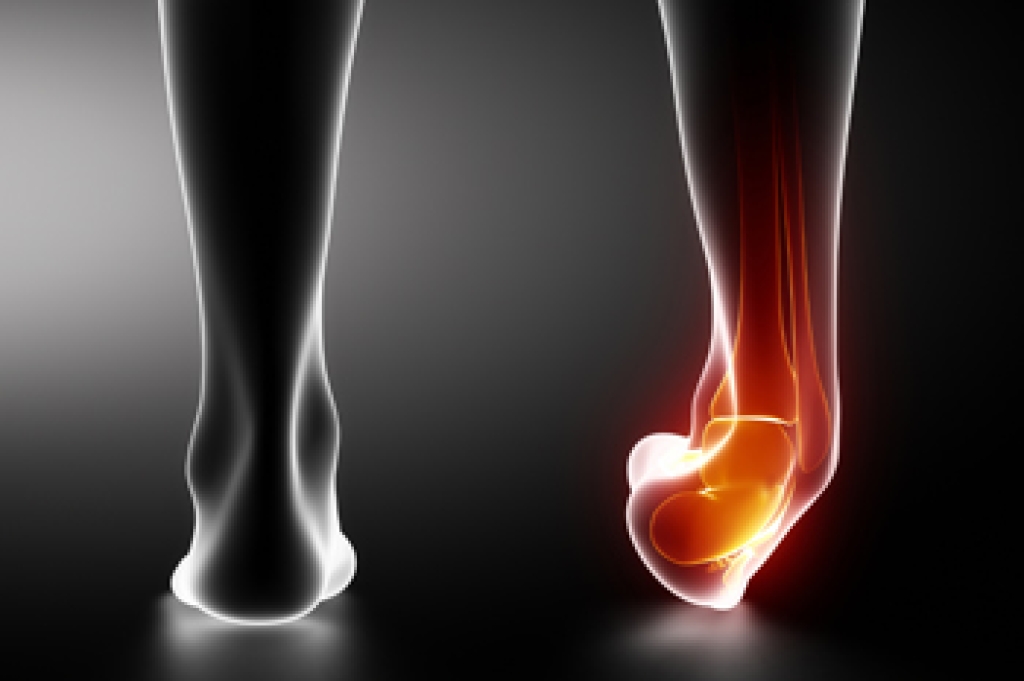 Healing a Broken Ankle Starts With Walking Sooner
Healing a Broken Ankle Starts With Walking Sooner Nashville Foot &
Ankle Center
Smyrna Foot &
Ankle Center
Spring Hill Foot &
Ankle Center
Columbia Foot &
Ankle Center
Dickson Foot &
Ankle Center
Fairview Foot &
Ankle Center
Hohenwald Foot &
Ankle Center
Midtown Foot &
Ankle Center

